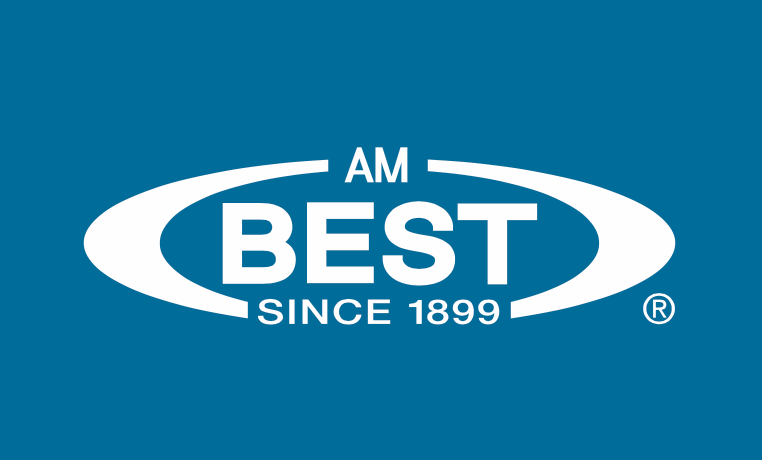US cyber insurance premiums post first-ever decline in 2024: AM Best
- October 18, 2025
- Posted by: Taylor Mixides
- Category: Insurance

According to a new market segment report from AM Best, direct premiums written (DPW) for US cyber insurance declined by 2.3% in 2024, dropping to just under $7.1 billion.
This marks the first recorded decrease in the segment since the National Association of Insurance Commissioners (NAIC) began collecting data on cyber coverage in 2015.
AM Best, a global credit rating agency and provider of data and analysis focused on the insurance industry, attributed the decline mainly to falling pricing, rather than a reduction in exposure.
The firm notes that despite the lower premiums, the overall loss ratio for the cyber segment remained under 50% in 2024, indicating that the line remained financially viable for participating insurers.
The drop in premiums coincides with changes to how policies are structured and reported. In 2024, the NAIC revised its cyber insurance reporting format to distinguish more clearly between primary, excess, and endorsement coverage. This change has helped clarify how cyber risk is being underwritten across the industry.
AM Best also observed that some large businesses with favourable claims histories may be choosing to cover cyber risks through their own single-parent captive insurers.
These captives are not required to file data with the NAIC, and thus are not included in the cyber supplement figures, potentially impacting the total reported premiums.
Surplus lines carriers, which expanded during the recent hard market, maintained and slightly increased their share of the cyber insurance market even as total premiums contracted.
These carriers often target larger, more complex risks and are more commonly used for excess and standalone cyber policies, while endorsement coverage—typically an add-on to a broader policy—is still predominantly written by admitted carriers.
According to AM Best’s data, the pricing advantage seen by surplus lines writers during the 2020–2022 hard market is narrowing, with their paid loss ratios now similar to those of admitted carriers. As pricing pressure has intensified, these writers are seeing tighter margins.
The ranking of the largest cyber insurers remained largely unchanged. Chubb continued to lead in total premium volume despite a decline consistent with the overall market.
Notably, At-Bay Specialty entered the top 10, leveraging its affiliated digital platform to scale distribution. QBE North America also saw significant growth after launching a broader cyber product line.
Across the market, the average premium for excess coverage remained far higher than for primary or endorsement-based policies, reflecting the more substantial risks and limits involved. Endorsement coverage, while far more common by policy count, generated the least premium revenue.
AM Best’s findings suggest that while pricing and market dynamics are shifting, cyber insurance remains a viable line. However, the report points out that claim frequency increased in 2024, and certain carriers reported considerably higher combined ratios, highlighting growing pressures on underwriting performance.
“When premium grew during the hard market cycle, the growth significantly outpaced the pricing increases, indicating that demand for cyber insurance was increasing as well,” added Christopher Graham, Senior Industry Analyst, AM Best.
“Considering that the premium decrease is close to the pricing decrease, that would indicate that the demand for cyber insurance is steady.”
The report only includes data from insurers who filed cyber supplements with the NAIC, excluding foreign entities and captives, which limits the scope of the dataset.
This website states: The content on this site is sourced from the internet. If there is any infringement, please contact us and we will handle it promptly.



